Lifetime Roofing & Renovation
Expert installation, repair, and maintenance of flat roofing systems. TPO, EPDM, modified bitumen, and built-up roofing solutions for San Jose commercial and residential properties.
Lifetime Roofing & Renovation
Expert installation, repair, and maintenance of flat roofing systems. TPO, EPDM, modified bitumen, and built-up roofing solutions for San Jose commercial and residential properties.
The lifespan of a flat roofs depends largely on the material used, installation quality, and climate conditions — but in San Jose and the Bay Area, most flat roofs last between 20 and 40 years with proper care.
FLAT ROOFING SPECIALISTS
Flat roofs offer exceptional durability, cost-effectiveness, and versatility for commercial buildings. With proper installation and maintenance, flat roofs provide decades of reliable protection while maximizing usable space.
Lower installation costs compared to pitched roofing systems
Perfect for rooftop equipment, HVAC systems, and utilities
Quality materials last 20-30+ years with proper maintenance
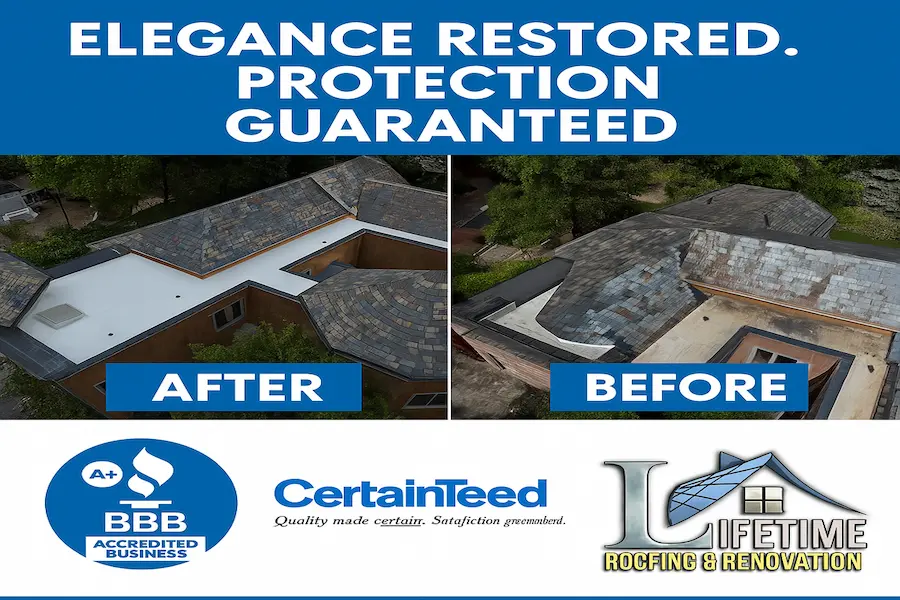
From small residential flat roofs to large commercial complexes, we've installed and maintained thousands of square feet of flat roofing across the San Jose Bay Area.
500+
Flat Roofs Installed
25 Yr
Warranty Available
MATERIAL GUIDE
Professional installation of all major flat roofing materials and systems
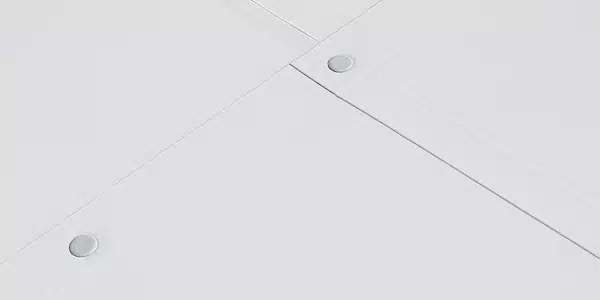
Thermoplastic Polyolefin (TPO) offers excellent energy efficiency, UV resistance, and heat-welded seams for superior waterproofing.
ENERGY EFFICIENT
✓ Heat-welded seams
✓ Energy Star rated
✓ 15-20 year lifespan
✓ Chemical resistant
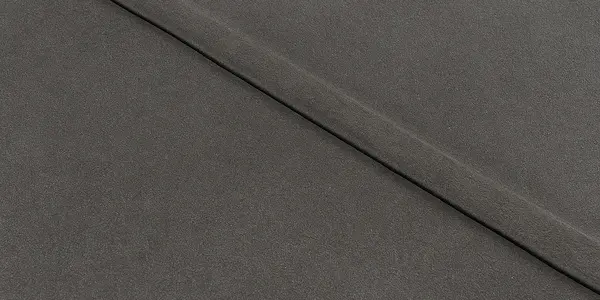
Ethylene Propylene Diene Monomer (EPDM) rubber roofing provides exceptional durability and weather resistance at an affordable cost.
COST EFFECTIVE
✓ Excellent durability
✓ Weather resistant
✓ 20-30 year lifespan
✓ Low maintenance
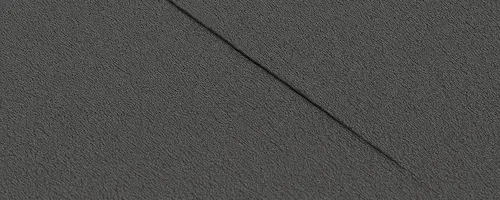
Multi-layer roofing system with reinforced layers provides superior puncture resistance and waterproofing capabilities.
HEAVY DUTY
✓ Puncture resistant
✓ Excellent waterproofing
✓ 15-25 year lifespan
✓ Easy to repair
WHY CHOOSE US
The clay tiles we use for roofs in San Jose are always sourced from today’s top manufacturers.
HOA expectations, weather conditions, and architectural styles to each project.
You’re kept informed every step of the way.
PROS & CONS
Understanding the benefits and considerations of flat roofing systems
Flat roofs require fewer materials and less labor, making them significantly more affordable than pitched roofing systems.
Perfect for HVAC equipment, solar panels, satellite dishes, and other rooftop installations without compromising aesthetics.
Safe and easy access for inspections, maintenance, and repairs without the safety concerns of steep pitched roofs.
Modern flat roofing materials reflect heat and UV rays, reducing cooling costs and improving building energy efficiency.
Proper drainage design is critical. We ensure adequate slope and drainage systems to prevent water pooling and leaks.
While easy to access, flat roofs require regular inspections and maintenance to ensure optimal performance and longevity.
In areas with heavy snow loads, proper structural support and drainage become even more critical for performance.
Quality installation by experienced professionals is essential for warranty coverage and long-term performance.
OUR ROOFING SERVICES
From full roof replacement to emergency tarping and insulation upgrades
Roofing Options
We provide a stress-free roofing company experience with expert inspection, installation, and lasting protection for your home.
The homeowner in Menlo Park contacted Lifetime Roofing & Renovation after experiencing recurring leaks and visible wear on their existing flat roof. The old surface had become brittle, discolored, and uneven from years of sun exposure and ponding water. These issues were beginning to compromise the insulation and interior ceiling of the home.
Our goal was to deliver a durable, watertight, and energy-efficient flat roof system that would protect the home for decades while improving its overall appearance.
Project Address: Menlo Park, CA 94025
Roof Type: Flat Roof Replacement (TPO System)
Client Type: Residential
Completed By: Lifetime Roofing & Renovation
Full removal of the existing flat roof membrane and damaged substrate.
Inspection and replacement of any compromised plywood decking.
Installation of new tapered insulation for proper drainage (to eliminate standing water).
Application of a new TPO single-ply roofing membrane using heat-welded seams for superior leak protection.
Custom fabrication of flashings and termination bars around edges and roof penetrations.
Final quality inspection and cleanup.
The old flat roof showed clear signs of deterioration — cracks, stains, and poor drainage were evident, leading to water pooling and leaks during rainy months.
The newly installed white TPO flat roof provides a clean, modern appearance and dramatically improves energy efficiency by reflecting sunlight. The new system ensures excellent waterproofing, UV resistance, and long-term durability with minimal maintenance.
TESTIMONIALS
Homeowners and property managers trust us for responsive service, precise installs, and results that last.
Our commitment to reliability, professionalism, and top-tier results has made us one of California's most trusted roofing companies.
14+ years of expertise
Get A Free Quote

our service areas
We support homeowners, HOAs, and businesses across the region. Call us for same-day emergency tarping and fast inspection scheduling.
FAQ
We understand that you might have a few questions about our professional services. Here is a look at some of the most common points we address. If the answers you need are not here, we invite you to contact one of our friendly representatives at your convenience.
With proper installation and maintenance, flat roofs can last 20-30 years depending on the material (TPO, EPDM, Modified Bitumen.
It depends on your budget, building type, and climate. TPO is energy-efficient, EPDM is cost-effective, and Modified Bitumen is highly durable.
Flat roofs can be just as reliable if installed correctly. Proper drainage and regular maintenance are key to preventing leaks.
The cost varies by material and size.
Yes, but only when necessary for maintenance. Some materials like Modified Bitumen are more durable under foot traffic.
Modern flat roofing materials reflect UV rays, reducing cooling costs and improving energy efficiency.
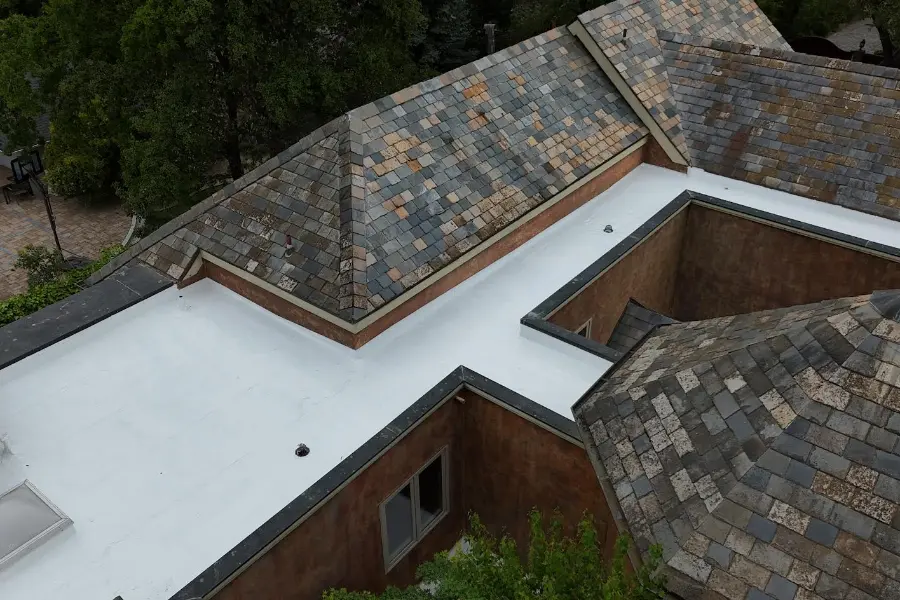
Transforming Homes
Licensed & insured experts specializing in durable flat roof installation & repairs. No obligation – fast quotes across San Jose, San Fransisco, Santa Clara, Alameda & Santa Cruz Counties.